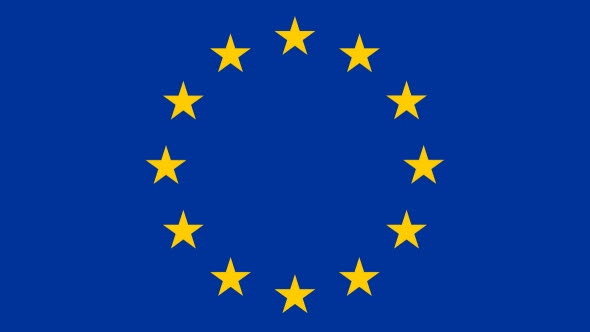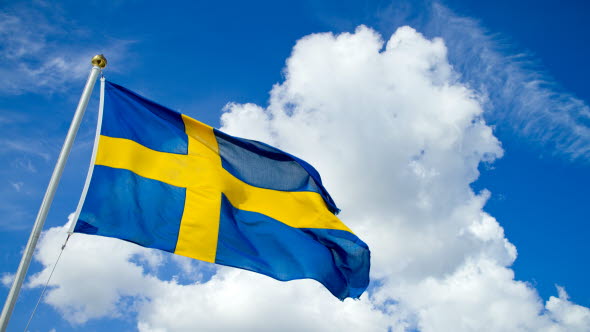What are the findings in the latest issue of Nordic Outlook? Our economists' give you in-depth theme articles and analysis of trends.
Global growth is slowing down, albeit with positive growth surprises, chiefly in the US. World GDP increases by 3 per cent annually and the risks are still slightly higher on the downside than on the upside. The trade agreements of the summer and autumn give high tariffs, yet nonetheless lower than feared. While having trade agreements in place curbs the uncertainty, there is still an unpredictability subduing economic activity. At the same time, companies and households are showing resilience. Fiscal and monetary policy, and expansionary financial conditions, lend support – but also create risks. The ECB is hesitant while the Fed continues its rate cuts, despite temporarily high inflation, buoying equities.






